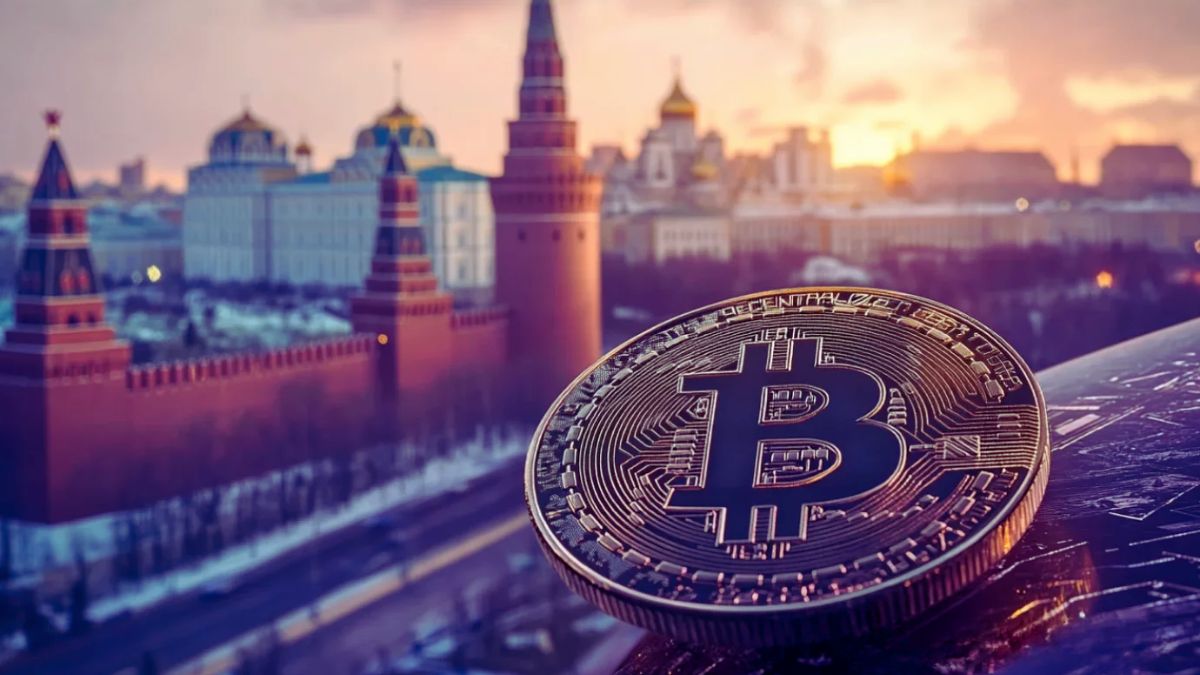 CaryptosHeadlines Media Has Launched Its Native Token CHT.
Airdrop Is Live For Everyone, Claim Instant 5000 CHT Tokens Worth Of $50 USDT.
Join the Airdrop at the official website,
CryptosHeadlinesToken.com
CaryptosHeadlines Media Has Launched Its Native Token CHT.
Airdrop Is Live For Everyone, Claim Instant 5000 CHT Tokens Worth Of $50 USDT.
Join the Airdrop at the official website,
CryptosHeadlinesToken.com
America’s currency, the U.S. dollar, has had a big impact on global trade for many years. That’s why it has been using tools like SWIFT, a global bank messaging network, and the power of the U.S. dollar to impose sanctions and financial limits while enforcing its foreign policies.
For those unfamiliar, sanctions are economic and political measures imposed by one country or an international body to penalize another for violating international laws. The U.S. often uses sanctions as part of its foreign policy.
It looks like the U.S. is losing its hold on global trade, though, as other countries use cryptocurrencies and other alternatives to trade with each other and avoid sanctions. Recently, a well-known British news agency said that Russia is using cryptocurrencies to make trade with China and India easier.
Russia uses middlemen to enable all of these trades instead of relying on traditional banking systems controlled by the US and its allies. The country can easily convert Chinese yuan and Indian rupees into rubles using digital currencies.
Sources say that Russian oil traders use cryptocurrencies to make transactions worth millions of dollars every month. The Russian minister announced publicly last year that Russia can use digital assets in trade with other countries. However, no verified reports have confirmed the use of cryptocurrencies in oil buying and selling transactions with China and India.
Now, if you also have questions in mind like how Russia’s crypto oil trades work, then you’ve come to the right place. Here we will understand Russia’s trading plan. Let’s begin now.
How Russia Uses Crypto to Sell Oil and Avoid Sanctions
Russia’s sanctioned oil trade depends on a series of steps that involve middlemen and digital assets. First, buyers from China and India pay trading firms in yuan or rupees. Next comes offshore conversion, where funds are put into accounts outside of Russia so they don’t come into direct contact with entities that aren’t allowed to do business with Russia.
Then, middlemen change these funds into cryptocurrencies like Bitcoin (BTC), Ethereum (ETH), or Tether (USDT), chosen based on liquidity and stability. Once this process is complete, the settlement occurs in rubles.
The cryptocurrencies are sent to Russian accounts and then later converted into rubles through some domestic platforms. This method makes it easier to convert currencies while hiding the history of transactions. This feature makes it harder for Western regulators to enforce price caps and sanctions.
According to some sources, Russia’s main crypto strategy uses stablecoins like Tether (USDT) and cryptocurrencies like Bitcoin and Ethereum. Because it can be pegged 1:1 to the U.S. dollar, USDT is the most popular cryptocurrency. Even some reports show that over 70% of Russia’s crypto trade volume in 2024 involved Tether. On the other hand, traders also use Bitcoin and Ethereum for bigger deals when privacy is important.
Sources also said that Russia is expected to continue using cryptocurrencies in oil trades, even if sanctions are still in place or are lifted. If sanctions end, Russia can use the dollar instead. In 2023, Russia’s central bank legalized crypto investments for high-net-worth individuals. This approach weakens sanctions and signals a shift in global trade patterns.
The Global Trade Shift Driven by Crypto
Russia’s use of cryptocurrency in the oil trade to get around Western sanctions shows a change in the way trade works around the world. Now, more countries will use this strategy, which could pose a long-term threat to the U.S. dollar’s position as the world’s most important currency for trade.
Iran and Venezuela are similar to Russia in how they trade in crypto, using digital currencies to sell 12 to 15 percent of their oil exports. Iran alone processed around $5.6 billion worth of oil-related crypto transactions in 2023. Following these examples, many countries around the world are now thinking again about how much they depend on the U.S. dollar. Recently, Paschal Donohoe, president of the Eurogroup, discussed the digital euro and said it was a clear way to reduce reliance on the dollar.
Russia’s oil trade with China and India through cryptocurrency is more than just a clever way to get around sanctions; it also poses a major threat to the dollar-based global financial system.
As more countries adopt this strategy, Western countries face tough decisions about what to do. Heavy sanctions and restrictions are accelerating the growth of truly independent financial systems. Countries are also starting to use cryptocurrencies and other alternatives for international trade, which is a change in the political landscape of international trade.












